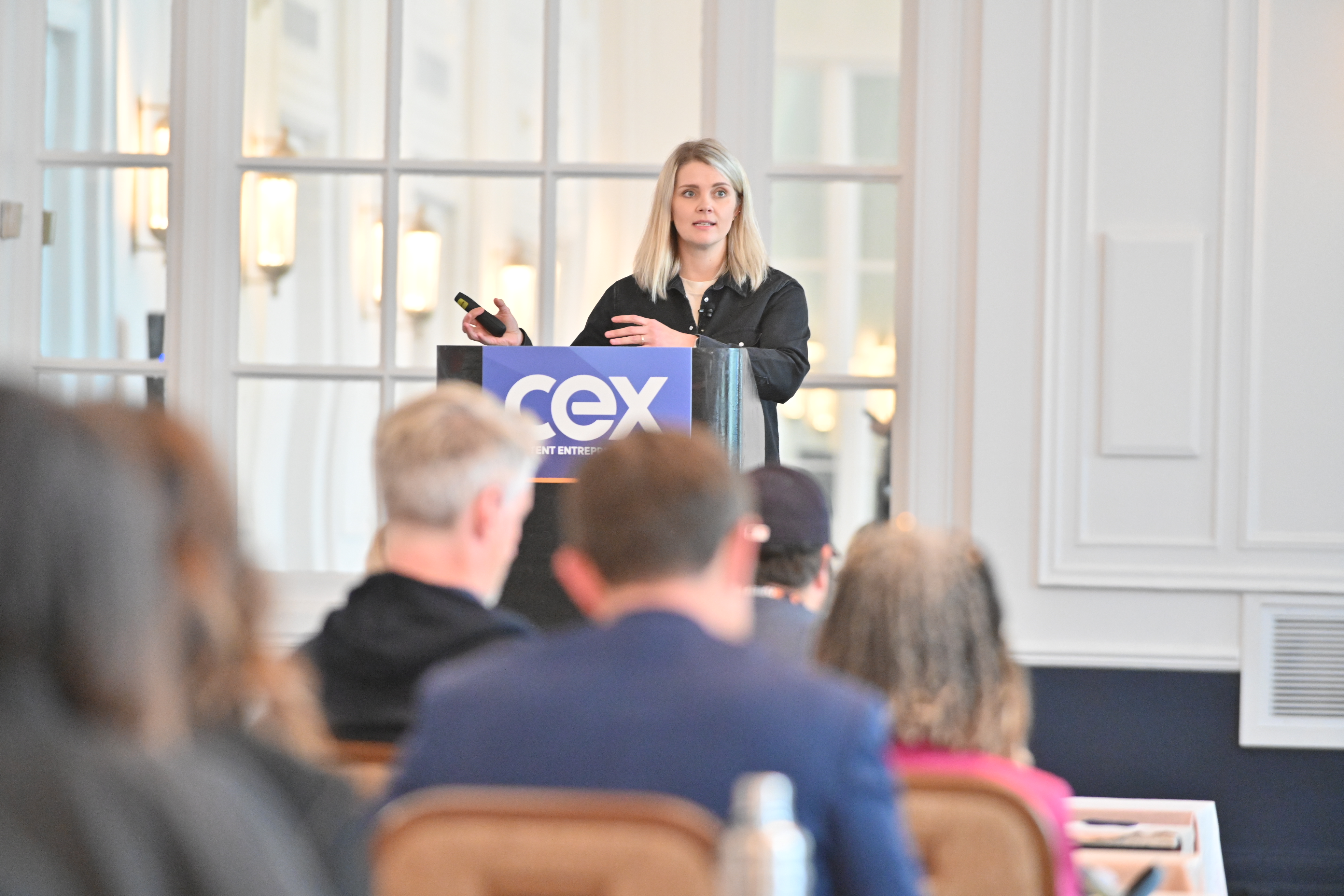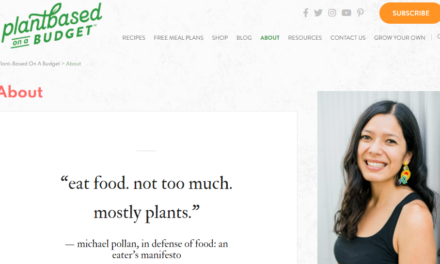Expert creators know adding more revenue streams can make a content business more prosperous. Yet, it can be hard to discern which ones to profit from outside the standard list of ads, sponsorships, and merch.
Jen Matichuk, strategic partnerships manager at Memberful, says paid membership programs can work well for content entrepreneurs. At CEX, she shared these five things to do to grow a membership program. Her advice also works well for most content business offerings.
1. Ask these questions: Jen recommends you answer these three questions: What can you offer? Why should you offer it? How should you offer it?
Think of one thing you can provide to your audience. Make it the center of your membership program. Equally important is to ask why it benefits your audience. If what you plan to offer doesn’t really benefit your audience, it’s time to rethink it so you provide real value.
Finally, pay close attention to how you offer the value. It’s not enough to know that, for example, you can add a membership program that offers cheap recipes and your audience will benefit because they can have more variety in their meals at a low cost. That would be pointless if you opt to offer the program on Discord, and your audience can’t access the recipes because they aren’t familiar with it and get frustrated by the channel. Pick the platform/format that works for both you and your audience.
2. Communicate with your audience: This may sound basic, but do it early and do it often. Your audience has needs, and the more your business meets those needs, the more it thrives. Before launching a new offering, ask your audience if they’re ready for those services. Are they excited about what you hope to offer? Along the way, stay in close touch with them to gauge their interest. Maybe they don’t want a particular service, and you can stop spending time on it. Maybe your audience isn’t interested in a certain price range. That’s OK. Close communication with your audience will help you better spend your time in ways that create the most value for your audience and the business.
3. Jump in and start small: Jen says she would have told earlier self to stop worrying about creating a plethora of membership options and delaying a launch until everything is just right. Your audience doesn’t need a lot of membership options, they need a few valuable ones.
In some cases, providing (and promoting) too many services can create confusion as to exactly what the audience can expect and may spread you too thin to actually deliver. It’s better to offer what you know you can do and build from there. Jen quotes creator Tom Whalin, “Anything’s better than not starting at all.”
4. Add revenue streams you control: Creators can no longer rely on their audience on traditional social platforms. Algorithms change, companies get bought out, and business models are designed to serve advertisers rather than creators. Content businesses operate better when you earn revenue from streams you can control.
Membership programs, books, consultations, subscriptions, etc., all fit into the owned model. And remember, a membership program using YouTube’s built-in system is just as subject to YouTube’s whims as an advertising deal.
5. Build a community: Audiences are valuable. Communities are even better. Community members feel they are part of your journey and invested in your success. Audience members will pay attention to what you share. Community members will share what you create. They can be your promotional “street team.”
Jen explains how Molly Baz’s cooking membership program fosters community. Members pay $55 a year to belong to The Club. They find recipes on her site, where they also engage with her and each other in the comment section. Those members then post all over social media the results of their attempts at making a dish, which generates attention for Molly and her latest recipes.
As Jen says, “A tight community leads to long-lasting trust, and trust leads to success in future ventures.”
About the author
Leo Bonacci writes, proofreads, and edits for The Tilt. A student of Hobart and William Smith Colleges, he’s a fan of classical mythology as well as the English language. Leo’s interest in storytelling extends to his great enjoyment of movies and film, from low-budget schlockfests to cinematic masterpieces.










